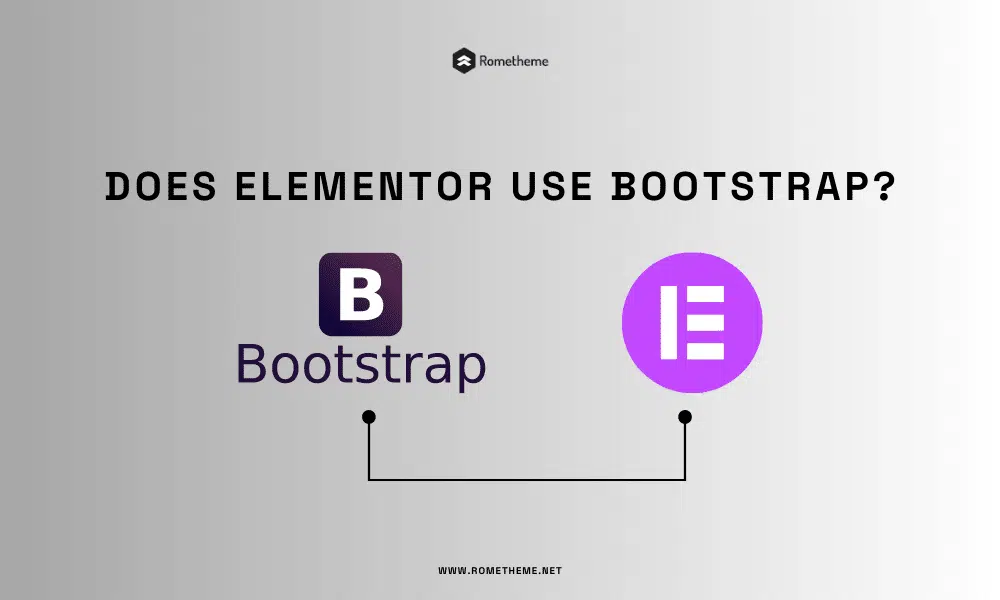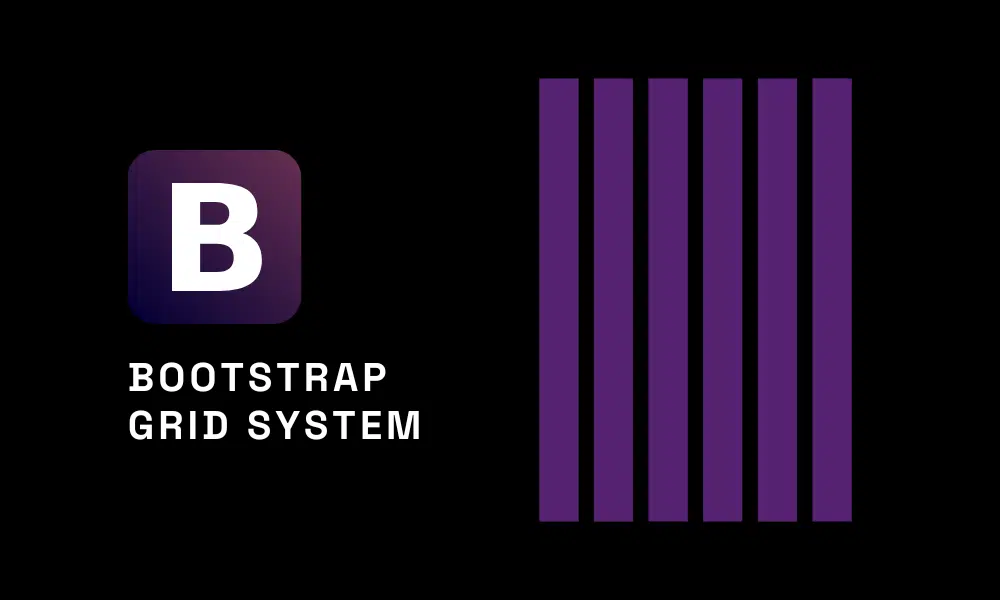

If you’re a web developer or a designer working with WordPress, you’ve likely come across Elementor, one of the most popular page builders available. Bootstrap, on the other hand, is a widely-used front-end framework. This article aims to explore the relationship between Elementor and Bootstrap, answering the pivotal question, “Does Elementor Use Bootstrap?”
Elementor is a powerful drag-and-drop page builder plugin for WordPress that empowers users to design visually stunning websites without the need for coding knowledge. It offers a wide range of pre-designed elements and templates that can be easily customized according to specific needs. Elementor has gained immense popularity due to its user-friendly interface and seamless integration with WordPress.
Bootstrap, developed by Twitter, is an open-source front-end framework designed to create responsive and mobile-first websites and web applications. It provides a collection of CSS and JavaScript components that can be used to build modern, consistent, and visually appealing interfaces across various devices and screen sizes.
Elementor and Bootstrap are two distinct tools designed to simplify web development. While they share similar goals of creating responsive and visually appealing websites, they are not directly related to each other in the sense that Elementor does not rely on Bootstrap as its core framework.
One of the key features of Elementor is its compatibility with other plugins and themes, including themes built with Bootstrap. While Elementor doesn’t inherently use Bootstrap, developers can integrate Bootstrap elements or themes into Elementor to enhance the design possibilities and create unique layouts.
Elementor comes with its own styling options that allow users to customize every aspect of their website design. This includes options for typography, spacing, colors, and more, without necessarily requiring Bootstrap’s CSS classes. By using Elementor’s built-in styling features, users can achieve their desired designs without the need for additional frameworks.

The Bootstrap grid system is a popular feature used for creating responsive layouts. Elementor, however, does not directly use Bootstrap’s grid system. Instead, Elementor has its own grid system that offers similar responsive capabilities, making it unnecessary to integrate Bootstrap solely for its grid.
Elementor’s column system provides users with the flexibility to adjust column widths and responsive behavior, making it easier to create custom layouts for different screen sizes. This flexibility allows users to achieve responsive designs without relying on external grid systems like Bootstrap’s.
For developers who prefer to use Bootstrap’s grid system alongside Elementor, custom CSS can be employed to combine the two effectively. By adding custom CSS classes to Elementor’s elements, developers can incorporate Bootstrap’s grid and achieve more complex layout structures.
Page loading speed is a critical factor in user experience and search engine rankings. Incorporating external frameworks like Bootstrap can potentially impact the loading speed of a website.
Elementor is designed to be lightweight, and it follows best practices for optimized performance. By minimizing the number of external dependencies, Elementor ensures faster loading times, enhancing the overall user experience.
While it is possible to integrate Bootstrap with Elementor, it’s crucial to consider the implications on page loading speed. Including Bootstrap’s CSS and JavaScript files may lead to larger file sizes and increased loading times. Developers must carefully assess the trade-offs and ensure that the benefits of Bootstrap integration outweigh any potential negative impact on performance.
Although Elementor doesn’t directly rely on Bootstrap, combining the two can offer several advantages, especially for developers and designers looking to leverage the strengths of both tools.
Integrating Bootstrap elements into Elementor allows users to access a vast library of pre-designed components and styling options. This synergy offers a broader range of design possibilities, enabling developers to create visually stunning websites effortlessly.
Both Elementor and Bootstrap prioritize responsive web design. By integrating Bootstrap features into Elementor, developers can further enhance the responsiveness of their websites, ensuring a consistent and engaging experience across various devices.
When used together, Elementor and Bootstrap streamline the development process by providing a user-friendly interface, a robust grid system, and extensive customization options. This synergy can significantly reduce development time and efforts.
A: Yes, you can integrate Bootstrap components into Elementor by using custom CSS classes or dedicated plugins.
A: If not implemented correctly, including Bootstrap can impact Elementor’s performance. It’s essential to optimize your website to mitigate any adverse effects.
A: No, Elementor is a powerful standalone page builder that doesn’t require Bootstrap for its core functionality.
A: Yes, Elementor is designed with responsive web development in mind and provides tools to create adaptive layouts.
A: Absolutely! Elementor allows you to design custom themes and templates, which can be used alongside Bootstrap if desired.
A: Elementor follows SEO best practices, and its impact on SEO is generally positive. However, website content and optimization remain critical factors.
In conclusion, while Elementor and Bootstrap serve distinct purposes in web development, they can complement each other when used wisely. Elementor is a robust page builder with its own styling options and responsive capabilities. On the other hand, Bootstrap offers a vast library of components and a flexible grid system. By thoughtfully integrating Bootstrap elements into Elementor, developers, and designers can enhance their website design possibilities and achieve remarkable results. However, it’s crucial to consider the impact on page loading speed and optimize your website accordingly.
With Elementor’s user-friendly interface and Bootstrap’s powerful features, web developers have the tools needed to create stunning and responsive websites that captivate audiences across the digital landscape.
Visit our website to browse our stuff and follow our Instagram for great content!
Website: www.rometheme.net
Instagram: rometheme_studio




